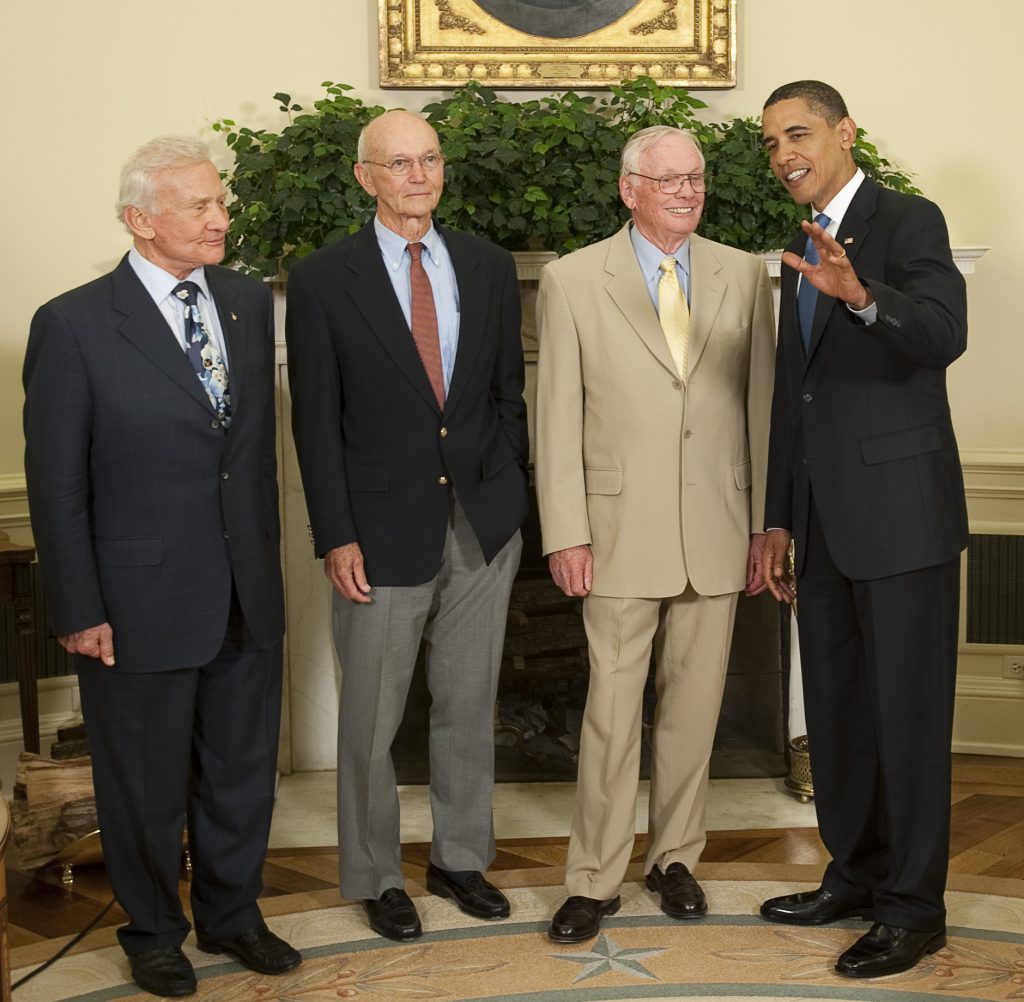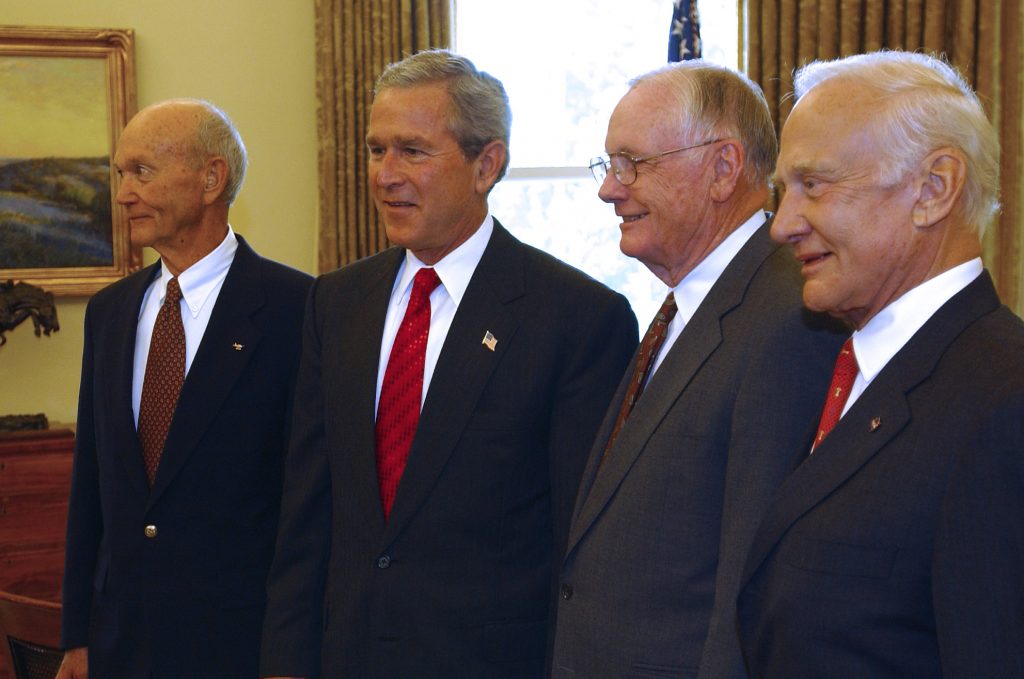
Apollo 11: What happened to the three astronauts during the 50 years since the mission? I examine each of the astronauts lives in turn.
Buzz Aldrin
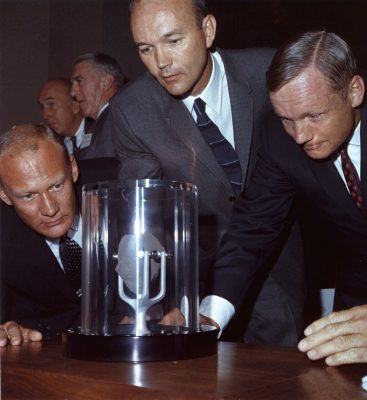
What does a man do when he accomplishes his life’s goal at age 39? It is a question that each of the Apollo astronauts wrestled with. The problem is not specific to these three. I had a good friend at the Air Force Academy. His goal was to fly fighter jets and, if called upon, to shoot down an enemy jet in combat.
He got his chance when he was awarded an F-15. Then the First Gulf War happened. He was a captain and found himself on a night mission. He and his wingman each downed an Iraqi fighter that night. After the initial euphoria, my friend wondered for months, what will I do next professionally? I have met my goal at age 29.
Aldrin wrestled with the question mightily. After the three-month good will tour in the Fall of 1969, he stayed on at NASA. A few months later he returned to the Air Force as a Colonel. He was handed the plum assignment of commanding the Air Force Test Pilot School. Most fighter pilots would have been in “hog heaven”. Not Aldrin.
Depression set in and to “kill the pain” Aldrin turned to the bottle – always a recipe for disaster. Aldrin, by his own admission, became an alcoholic. It soon cost him his Air Force career and, more importantly, his marriage. Both were gone by the end of 1974.
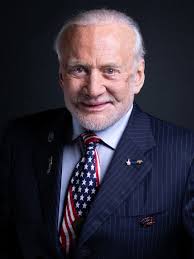
Aldrin eventually found a calling as a “space ambassador” campaigning for continued space exploration. He has not found relational peace, his third marriage ended in 2012. There have been lighter moments, such as his short-lived appearance on Dancing with the Stars (he was not a very good dancer, but he was a funny interview). All in all, he does not appear entirely content.
One funny personal story. Jim Lovell (of Apollo 13) came to speak at the Air Force Academy around 20 years ago. In a darkened Arnold Hall, Lovell spoke and then took questions from the audience. From a darkened part of the room someone asked Lovell, “Was your job on the flight Chief Cook and Bottle Washer”? Everyone sat stunned.
Lovell the replied, “Buzz, is that you”? Indeed, it was Aldrin who had driven down from his home in Colorado to attend the talk and surprise his old friend. They had a friendly reunion and I got the chance to speak with both, quite a thrill.
Michael Collins
Collins is by far the less well known of the three. Like Aldrin he left NASA shortly after the good will tour in the Fall of 1969. He too had to wrestle with, “What’s next”? First was a job as the Assistant Secretary of State for Public Affairs.
He did not stay at the State Department for long and in 1971 he joined the staff at the Smithsonian Institute in Washington DC. He spent the rest of the decade of the 70s at the Smithsonian. His most momentous achievement in that post was overseeing the construction of the National Air & Space Museum. It opened in July 1976 and has remained extremely popular since that time. Collins not only oversaw the construction but helped determine the displays inside.
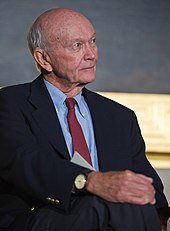
In 1980, Collins became a Vice President of LTV Aerospace and later operated his own aerospace consulting company. Collins joined the Air Force Reserves when he left NASA and retired as a two-star general.
Unlike Aldrin and Armstrong, Collins stayed married to his wife, Patricia, until her death in 2014. They were married for 57 years and raised three children. According to NASA, Collins resides in Avon North Carolina and Marco Island Florida. Collins made numerous appearances for the 50th Anniversary including this memorable interview at Launch Pad 39A. See this great story on his view of fame.
Neil Armstrong
Of the three, Armstrong became, and remains, a household name. In 1969, his name was known as much as any other around the world. His “one small step” catapulted him to international fame and acclaim, neither of which he desired.
According to reports and those that I have talked to personally that knew him, Neil Armstrong did not want fame and did not like fame. After the goodwill tour of 1969, he spent the rest of his life trying to live a private life.
Neil Armstrong left NASA in 1971. He often said to his wife, “What’s next”. He yearned for privacy and bought a farm not far from the King’s Island Amusement Park (not yet built) in southwestern Ohio. According to his kids, Neil’s wife did not desire farm life, but joined him there to raise the kids.
Armstrong was offered a professorship at his alma mater, Purdue University. Armstrong considered the position but wanted to decrease the spotlight as much as possible. He opted instead for the University of Cincinnati, renowned for its engineering and co-op program, near the farm.
Armstrong taught at UC from 1971 to 1979. My friend John, had him as a professor. According to John, Armstrong was not the most dynamic professor, but was a good and conscientious one. My cousin was an electrical engineering student at the time. As a 13-year old, he took me to an engineering class and then we stopped by Armstrong’s office to visit. Unfortunately, he was not in, but the door was opened. We peeked in and I saw “some cool stuff”.
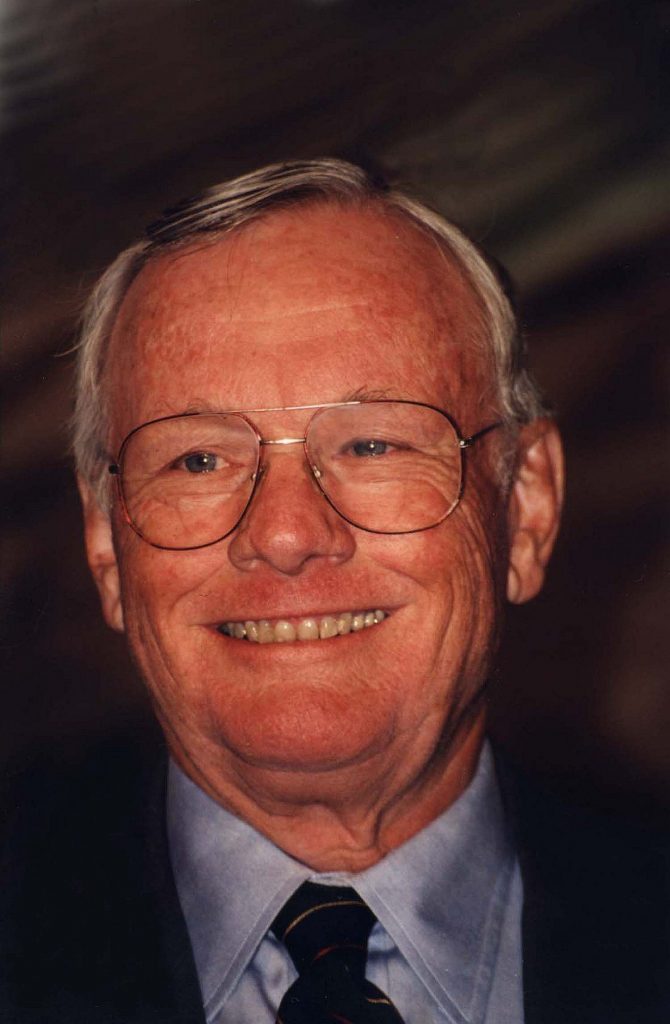
Professor Armstrong left UC after the 1979 school year. He served on several boards over the next twenty years. His most important post was as vice chair of the Rogers Commission which investigated the causes of the Challenger Disaster of January 1986.
Armstrong shied away from public appearances. He did join other astronauts at the Houston Astrodome, in 1999, the last year the stadium was used by the Astros. Yet, sadly, Armstrong never appeared to have much joy or spark in his life. He divorced his first wife in 1994 and remarried that same year. Surprisingly, Armstrong agreed to a biography by James Hansen entitled “First Man” published in 2005. It was eventually made into a movie. In later years he did seem to lose some of singular focus he tended to have towards work (as did the other astronauts).
While I was attending the Little League World Series in August 2012, the President of Little League asked us to observe a moment of silence at Lamade Stadium, an American Hero had passed he told the crowd, Neil Armstrong was dead. He was 82 years old and died from complications of heart surgery. If he were still living on the earth, he would have turned 89 years old yesterday.
